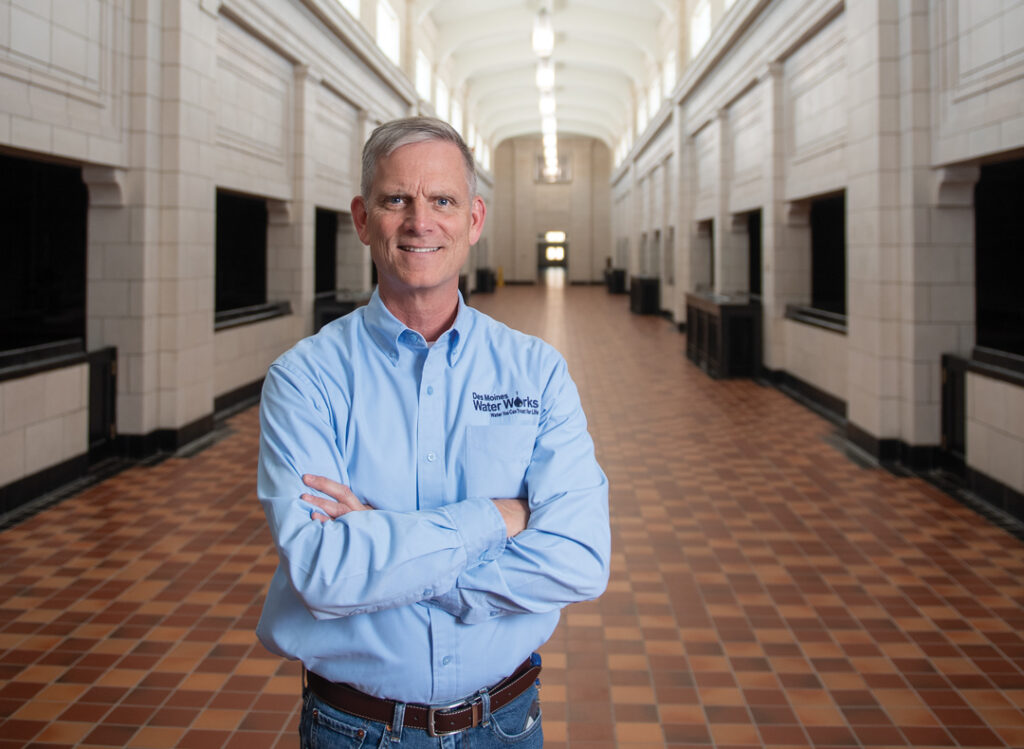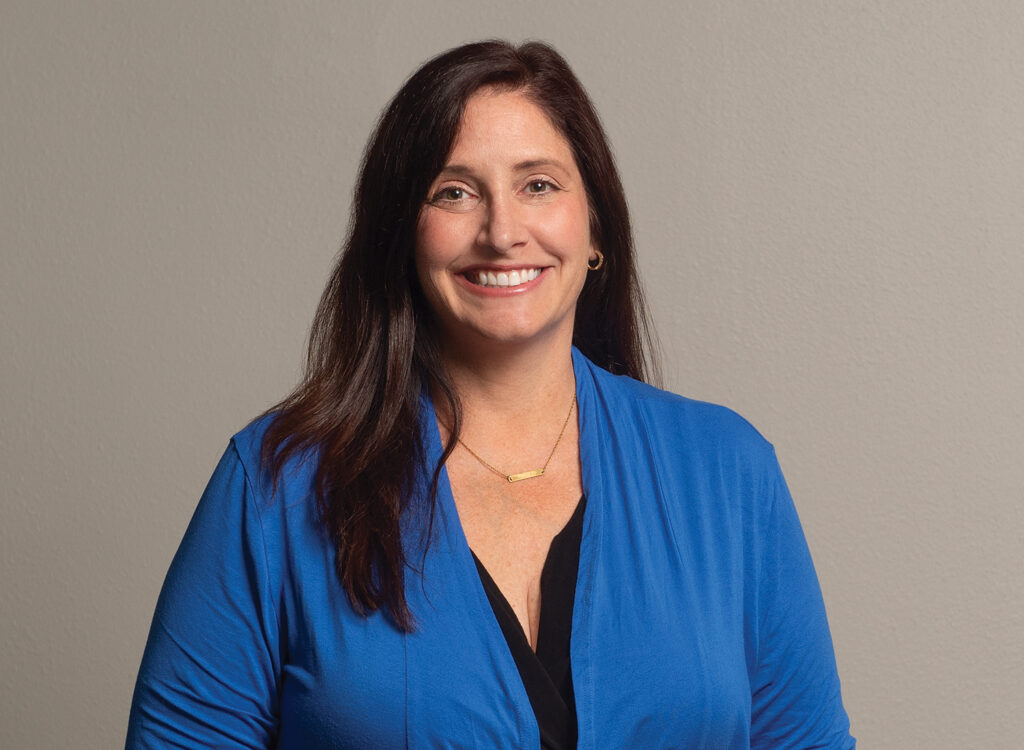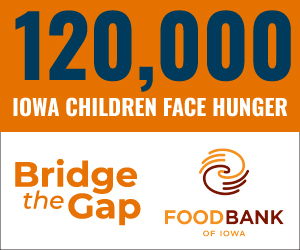The Elbert Files: Gay marriage is about children

The new book “Equal Before the Law: How Iowa led Americans to Marriage Equality” upends the old argument that children are better off growing up with opposite-sex parents.
In fact, the book notes, Justice Mark Cady’s 2009 same-sex marriage ruling quotes the American Psychological Association as saying: “There is no scientific basis for concluding that gay and lesbian parents are any less fit or capable than heterosexual parents, or that their children are any less psychologically healthy and well adjusted.”
Once children were out of the equation, Iowa’s constitution and case law made it easy for the court to unanimously agree that same-sex marriage is no more dangerous than interracial marriage. The book, which goes on sale Monday, makes it clear that the decision was all but inevitable in Iowa, a state with 175 years of legal leadership in civil rights.
“Equal Before the Law” was published by the University of Iowa Press as part of its Iowa and the Midwest Experience series. It’s written by my former Des Moines Register colleagues Tom Witosky and Marc Hansen. They were a perfect match for this. Tom, a sports and business writer, specializes in unraveling complex legal situations; Marc, a career columnist, is an exceptional writer.
It took three years to complete what was envisioned as a one-year project. But this book was worth the wait.
It opens in 2003 with 5-year-old McKinley BarbouRoske learning “a terrible truth,” that her two mothers are prohibited by law from marrying, a situation that creates legal and financial hurdles for all same-sex couples.
Then it jumps back five years to show how truly dark the political landscape was when Iowa lawmakers, including future governor Tom Vilsack and Rep. Matt McCoy, who would later come out of the closet, voted to approve Iowa’s anti-gay Defense of Marriage Act. Next comes an even bigger leap back to 1857 and a thoroughly fascinating chapter that traces the debate at Iowa’s second constitutional convention, when two key protections were created.
One was substituting the word “equal” for “independent.” The other prohibited the General Assembly from granting “to any citizen, or class of citizens, privileges or immunities, which upon the same terms shall not equally belong to other citizens.”
The changes were more about unscrupulous business practices than civil rights. But the new language was soon invoked to allow blacks to vote, to testify in court and to integrate Iowa classrooms more than 80 years before the U.S. Supreme Court ruled separate schools were not equal.
With that background, the story returns to the 21st century and a chronology of how gay marriage became legal in Iowa, beginning with the decision in 2003 by David Neary, a judge in Sioux City, to grant a divorce — or as he described it, dissolution of contract — to a lesbian couple married in Vermont. The following year, a sequence of events convinced Lambda Legal, a national gay rights organization, that Iowa was a good place to challenge laws and traditions prohibiting same-sex marriage. They included a successful defense of Neary’s divorce ruling and the Legislature’s refusal to approve a constitutional amendment banning same-sex unions.
Even more significant was the Iowa Supreme Court’s 2004 decision that casinos at racetracks could not be taxed at a higher rate than riverboat casinos. That ruling, which contradicted federal court decisions, convinced gay-marriage lawyers that Iowa’s highest court truly embraced the concept of equality and that its justices would stand up for what is right, no matter the pressure.
And there was plenty of pressure following the ruling, including death threats and a successful campaign in 2010 to remove three Supreme Court justices, including Chief Justice Marsha Ternus. In the end, though, it’s like Cady said. It all goes back to the children and McKinley BarbouRoske’s question about why her two moms shouldn’t be allowed to marry.










